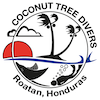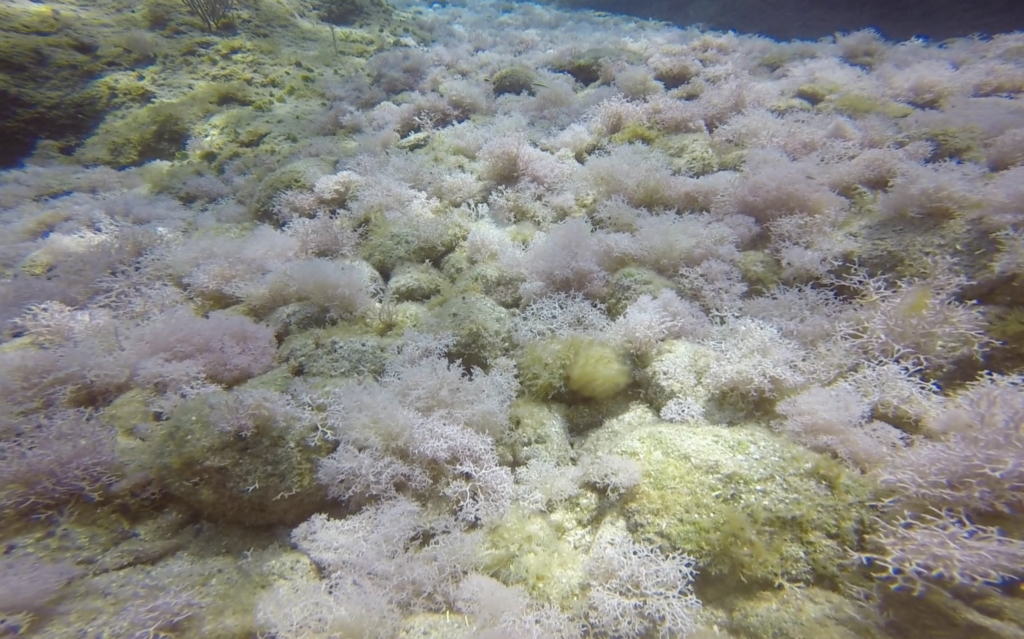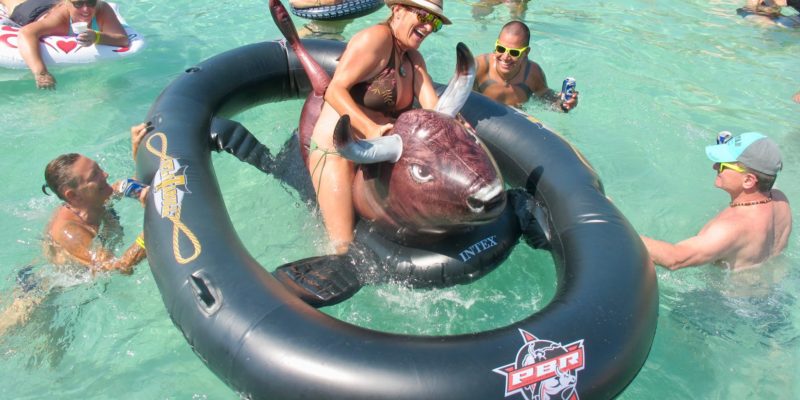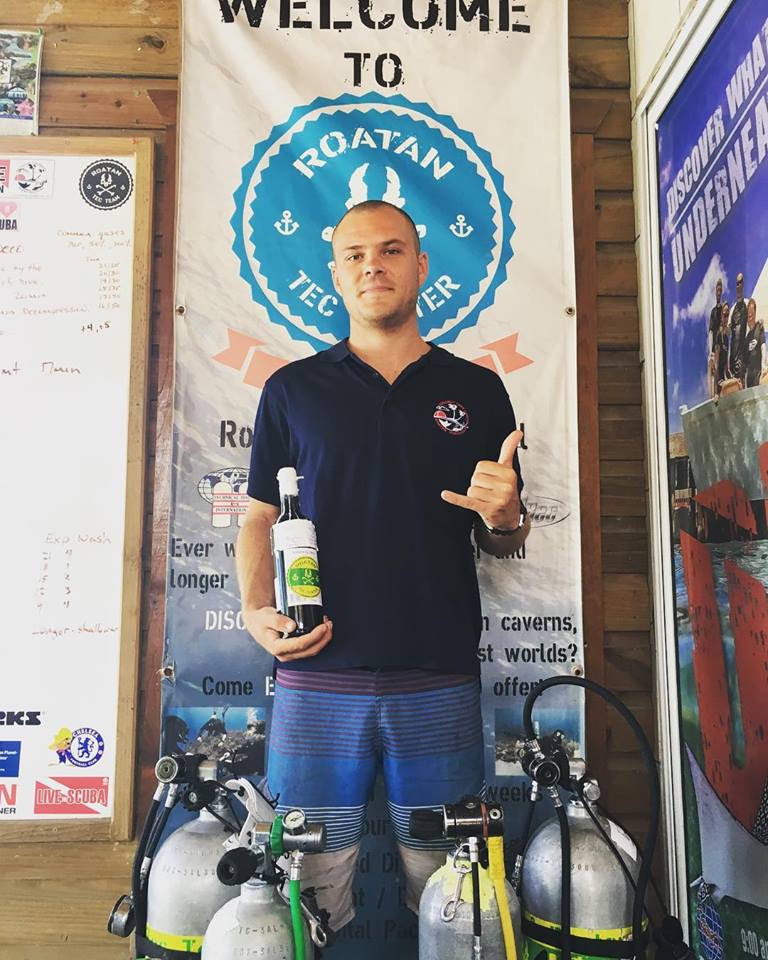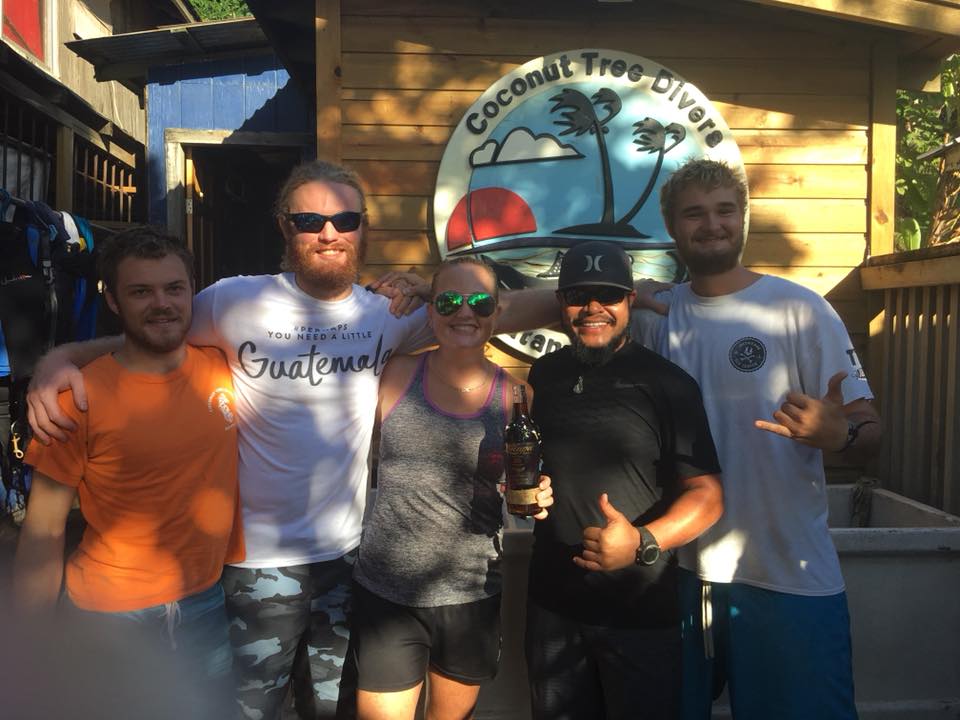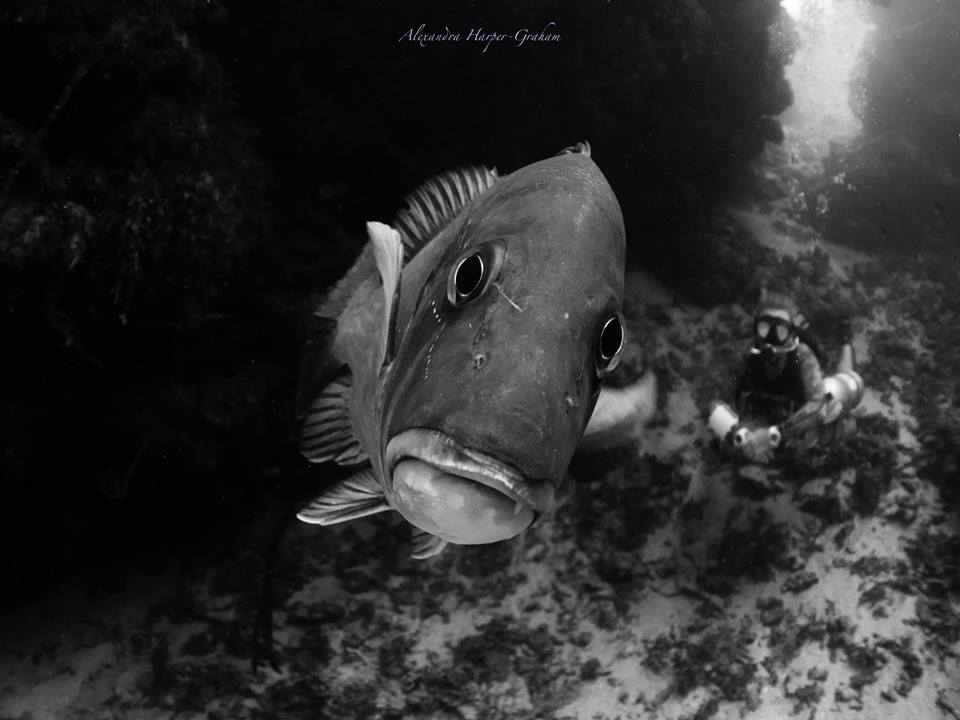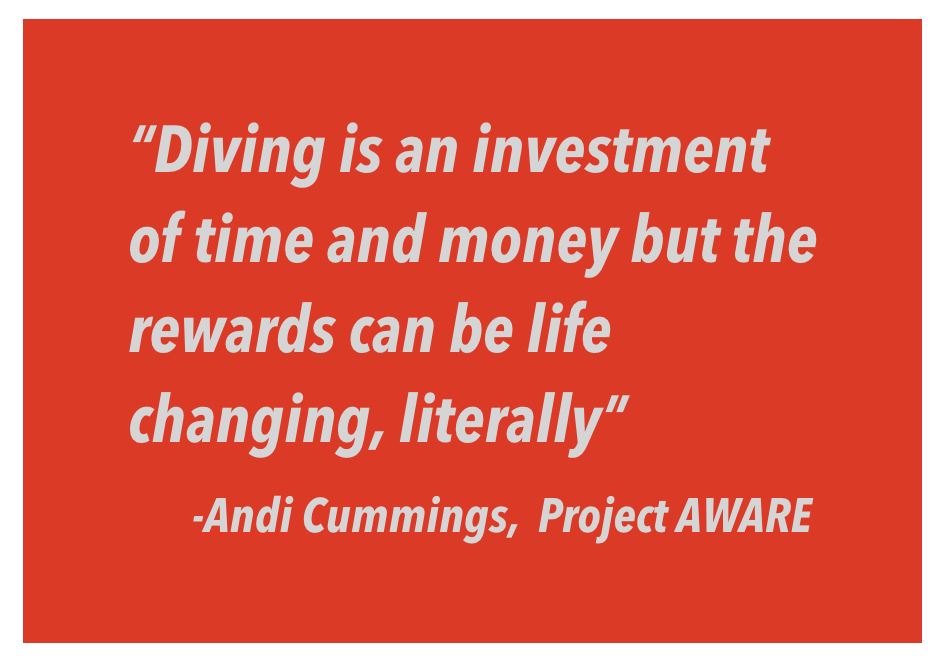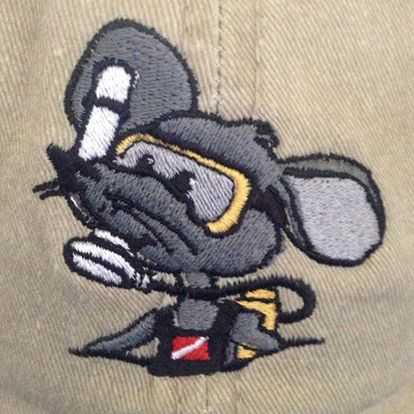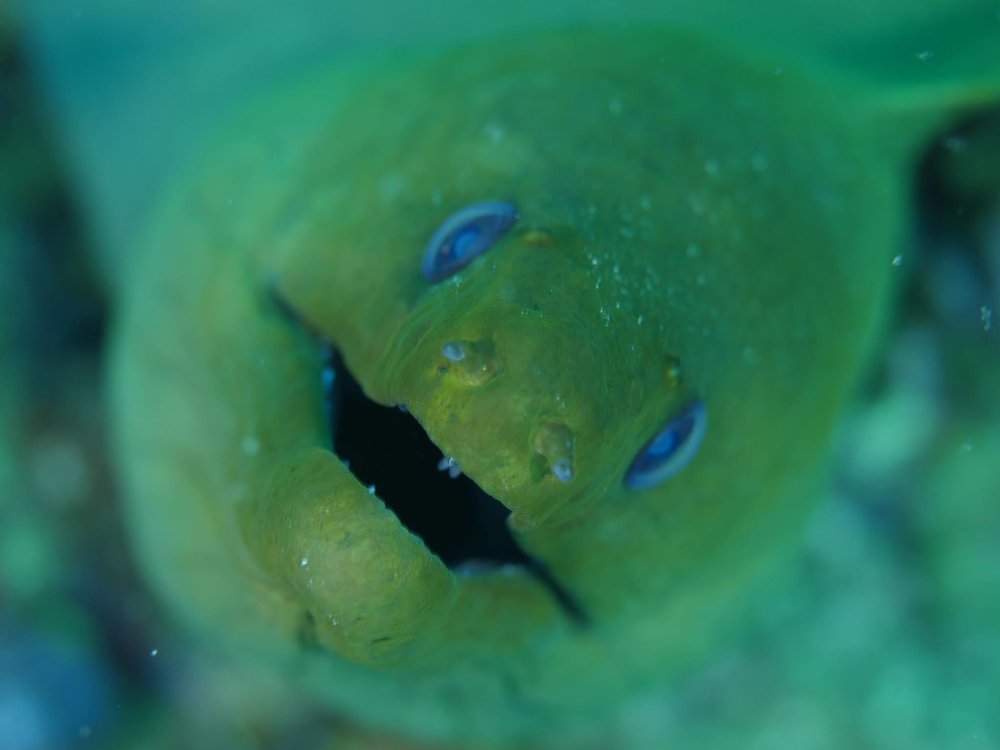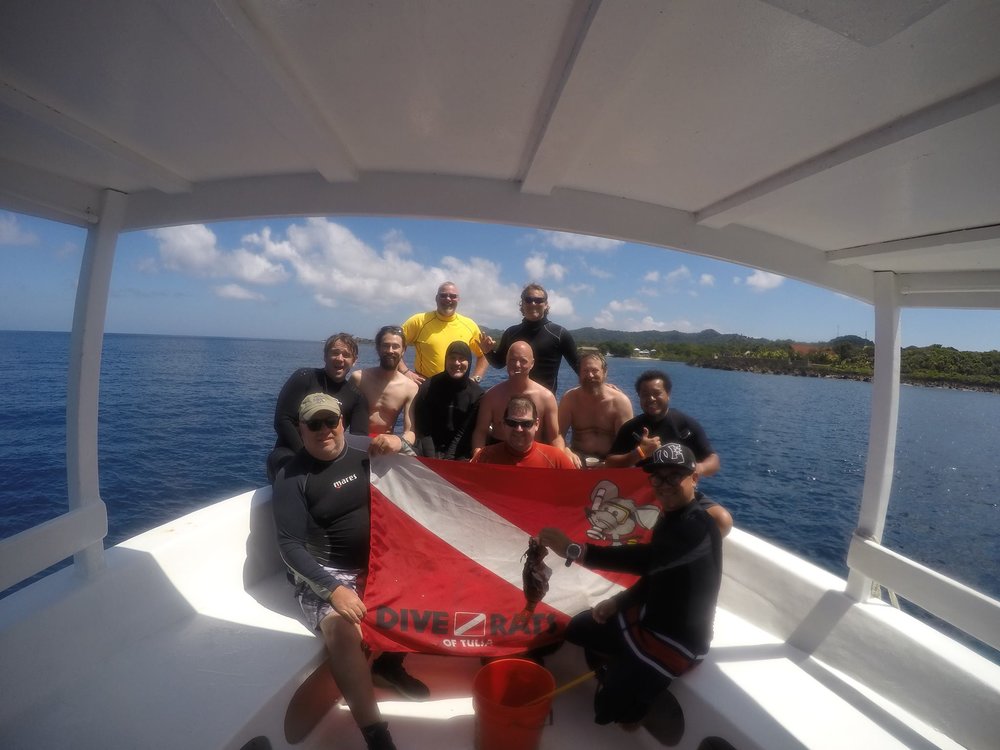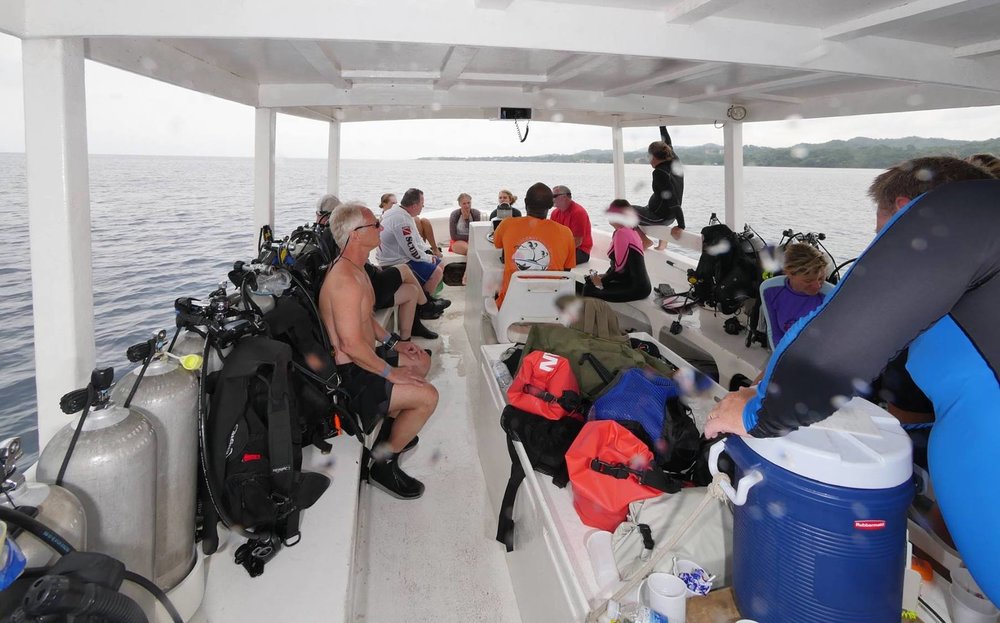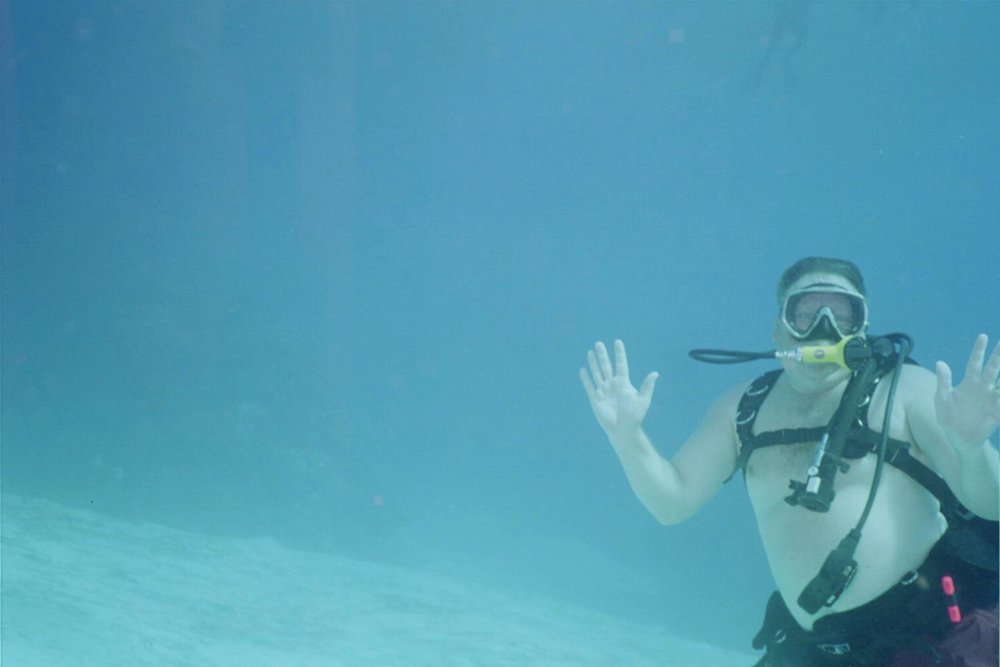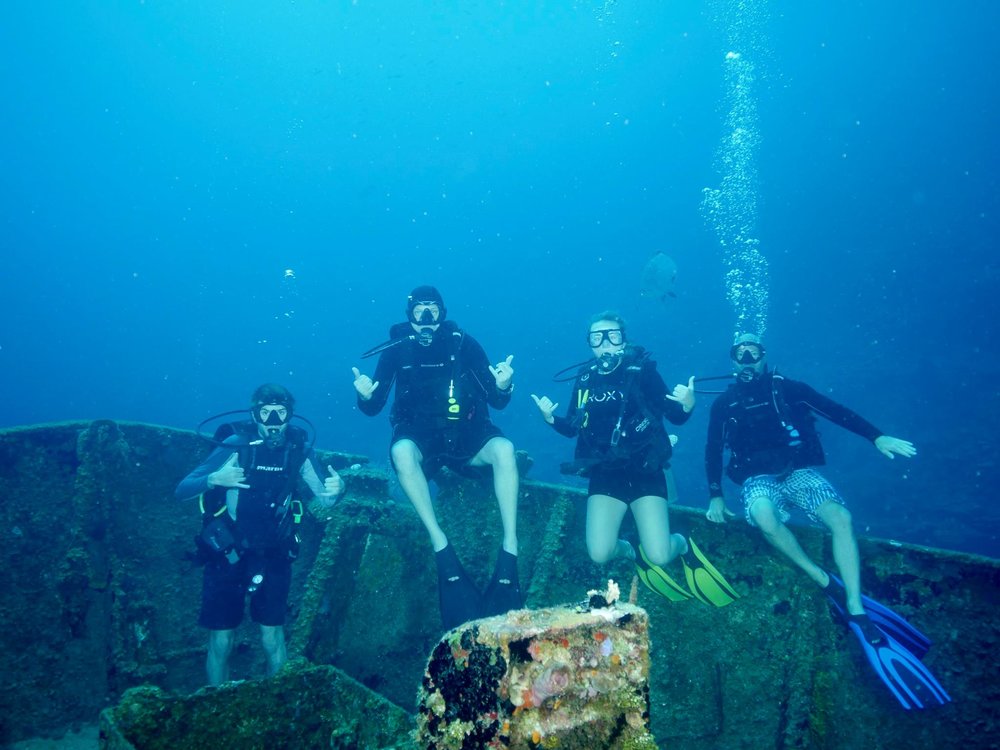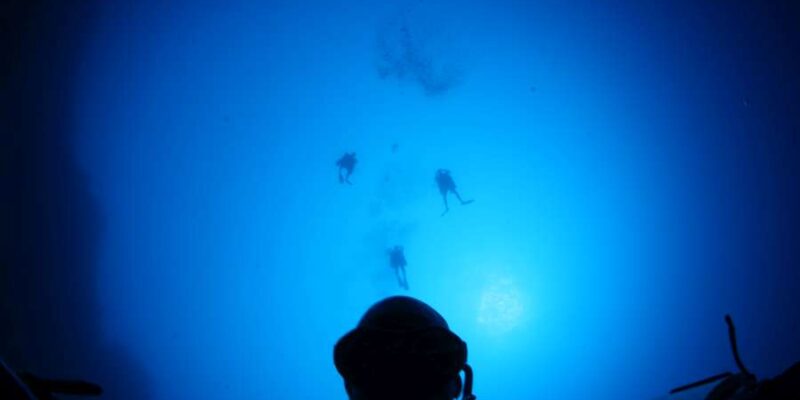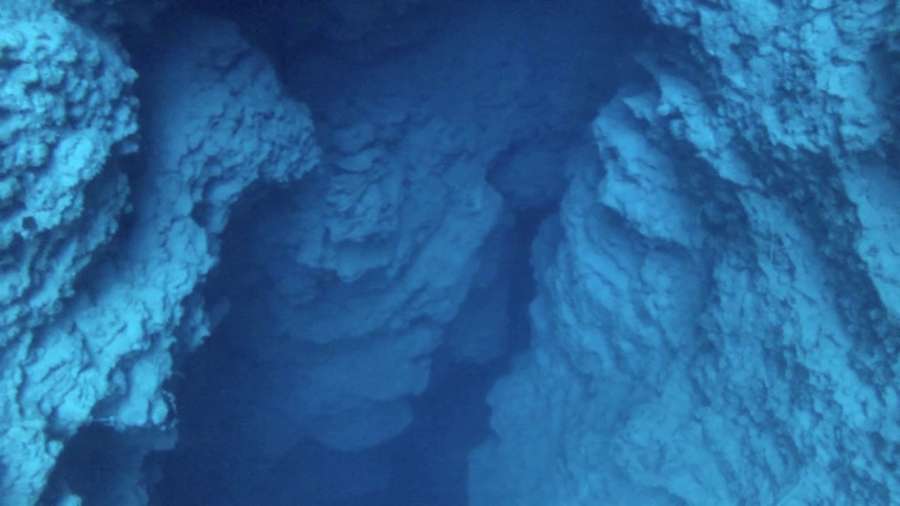Reef Safe Sunscreen or Bust!

When corals absorb these toxic chemicals found in our common sunscreens, it creates a similar reaction to that of warmer water temperatures created by global warming: bleaching.On top of that, the presence of these chemicals allows viruses to thrive, subjecting corals to catch infections leading to bleaching and ultimate death.
In fact, scientist are estimating up to 14,000 tons of sunscreen are introduced into the ocean each year! That is something absurd like 60 million bottles of sunscreen a year… UMM WOW
It is metrics like this that recently prompted Hawaii to place a ban on all sunscreen containing Oxybenzone and Octinoxate (the two most commonly harmful chemicals), taking effect in 2021. While this is a great start, we still have a lot more work to do… and here at Coconut Tree Divers Roatan we are committed to keeping our reef as healthy as possible!
What makes a sunscreen reef safe?
There are two types of sunscreen:
Chemical based. (the bad guy) These include two major ingredients used to block UV rays: Oxybenzone and Octinoxate (the same chemicals banned in Hawaii). Many of your major brands will have these ingredients included and are very harmful to the coral reefs you have traveled so far to see! *Beware that while these are the two most common harmful chemicals, they are not the only harmful chemicals used in sunscreen… more on this below!*
Mineral based. (The good guy) Also known as physical sunscreens, these products use zinc oxide and titanium dioxide and are considered “safe” for coral reefs. *It is important to use mineral sunscreens that are “non-nano” in size because any mineral sunblocks having a partical size below 100 nanometers can be consumed by corals*
Unfortunately, the term’s “reef safe” or “reef friendly” are not regulated… meaning you may not always be able to trust a product advertising this label.
It is important to read the active ingredients found in your mineral sunscreen to check for the absence of harmful ingredients found on the HEL list (a list of chemicals that are known pollutants in many different environments). Below are the most common HEL list ingredients that you do NOT want to find in your mineral based reef safe sunscreen…
- Oxybenzone
- Octinoxate
- Octocrylene
- 4-methylbenzylidene camphor
- PABA
- Parabens
- Triclosan
- Any nanoparticles or “nano-sized” zinc or titanium (if it doesn’t explicitly say “micro-sized” or “non-nano” it is most likely nano-sized and a no go)
- Any form of microplastic, such as “exfoliating beads”

SO.. What can I do to help protect our coral reefs?
Most people want to know what they can do to help protect the very thing they came on vacation to enjoy. The good news is there is plenty you can do to make a difference…
Use less sunscreen
Okay this sounds terrifying… especially if you tend to turn into a lobster like me! Protecting your skin from UV rays is 100% crucial and should not be compromised. However, sunscreen is not your only option. Wearing items to minimize your sunscreen use can drastically reduce the amount of sunscreen introduced into the ocean. Think hats, wet suits, rash guards and even simply putting on a T-shirt while snorkeling!
Apply sunscreen 10-15 minutes before entering the water
This allows for the sunscreen to sink in, dry and therefore a less chance of washing straight into the ocean.
Choose the correct reef safe sunscreen
Be active in reading the back of your sunscreen. Look for ‘reef safe’ labels as well as ensuring none of the harmful ingredients listed above are used in the making of your sunscreen. This may sound labor intensive but cute little guys like this Sargassum Trigger Fish pictures below need us to do our part so they can continue to have a healthy home….!

To help you out, here is a great article with not only more information but an awesome list of reef safe sunscreen options.
Spread the word
Educate your friends, family and fellow scuba divers about the importance of protecting our coral reef. Luckily here in Roatan, we have some of the healthiest reef around and we intend to keep it that way!
So find the perfect time to come join us at Coconut Tree Divers and make sure to bring your reef safe sunscreen!! If you forget to pick up a bottle at home, our friend Andrea makes a line of all natural sunscreen and skincare products right here on the island called Aegis All Natural, a great option to keep our reef healthy!
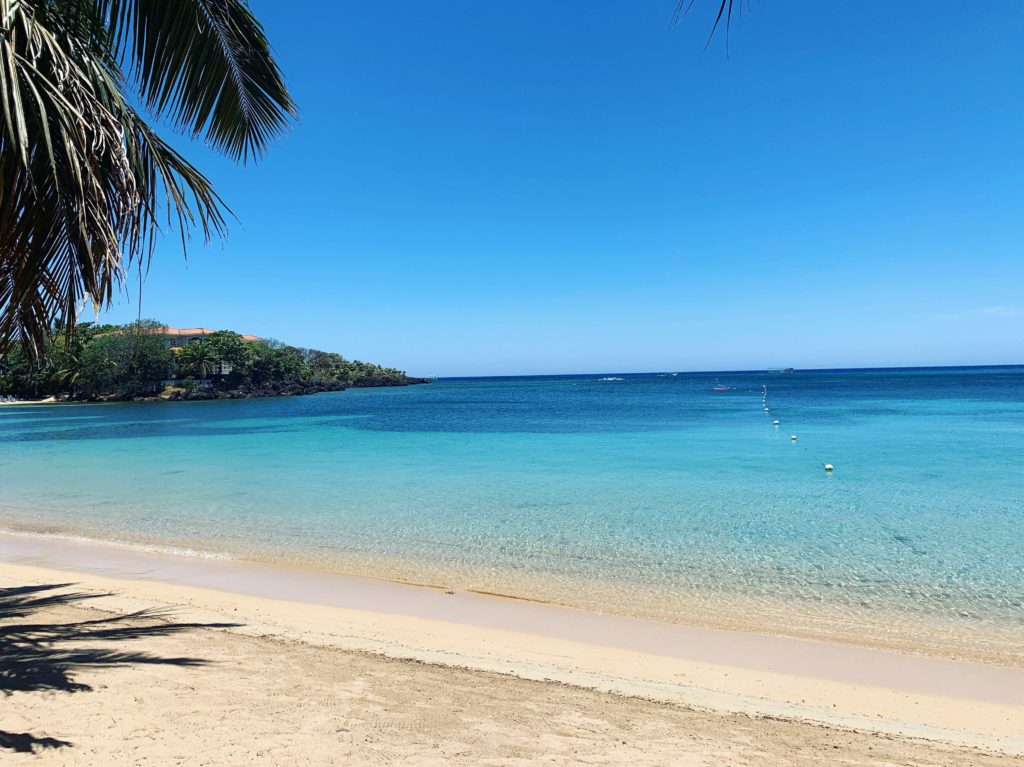
We would love to have you come dive with us!
Picture credit : 1, 2 All other photos by our very own Alex Harper-Graham
